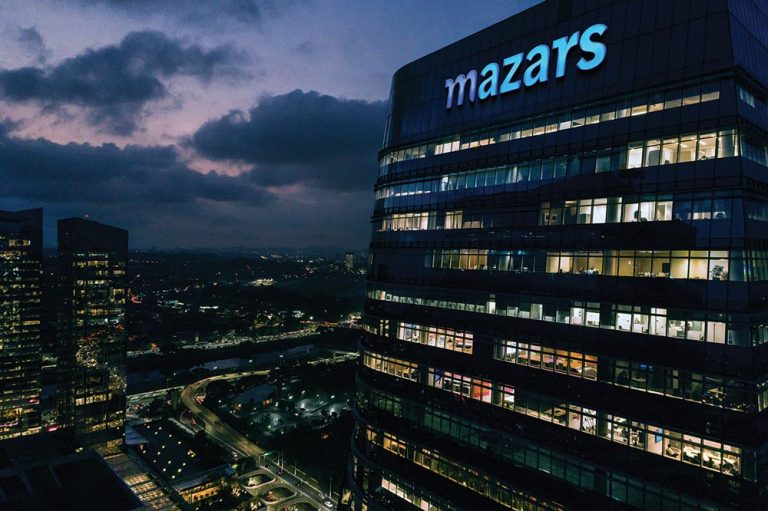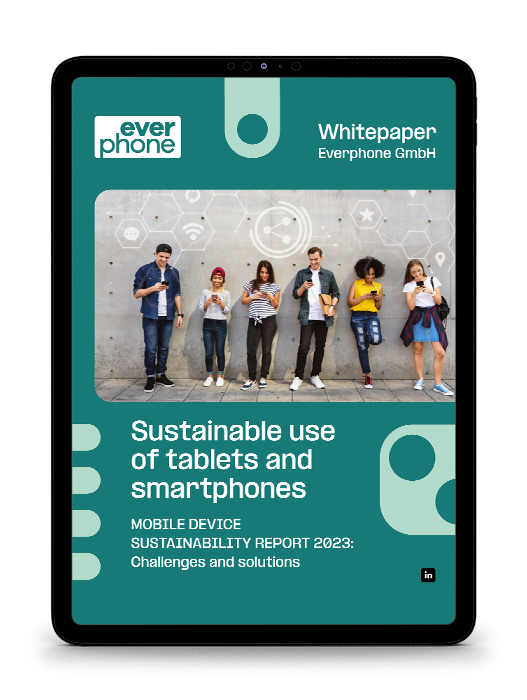Display
Our glossary explains basic terms and abbreviations relating to mobile working, the use of smartphones and tablets in the corporate environment (Enterprise Mobility) and security aspects in the use of mobile devices.
Display
Cell phone screen
A display is generally a device or component for the visual representation of information. In smartphones and tablets, the display (also: screen, less commonly: monitor) is typically a combined input and output device.
Touch input: resistive vs. capacitive
In terms of mobile devices, display means the display of a cell phone or the touch-sensitive screen (touch display) of a smartphone or tablet. Touch is used for input, such as tapping, pressing or swiping. While two types of touch-sensitive displays competed with each other just a few years ago, namely capacitive and resistive displays, the multitouch-capable capacitive displays have now become established and are nowadays used almost without exception.
Image output: LCD vs. AMOLED
Depending on the display technology, either backlit liquid crystal displays (LCD) or self-luminous diodes (Active Matrix Organic Light Emitting Diode =AMOLED) are used to display images.
Display sizes
The display size (screen diagonal) for smartphones is usually between 3.5 and 6.5 inches. Devices with a display diagonal of 5-7 inches are sometimes also called phablets.
Sharpness/pixel density
The resolution is often mistakenly regarded as the decisive factor for the quality of a display. However, you actually always have to consider the resolution in relation to the display size, because the subjective impression of sharpness is created by the pixel density, among other things.
Pixel density indicates the distance between the pixels on the display and is calculated from the image resolution and the display size. The unit “ppi” has become established (for “pixel per inch”) i.e. picture elements per inch (1 inch = 2.54 cm). Pixel densities of 400-500 ppi are not unusual for smartphones and tablets, but some models even reach(ed) values of over 800 ppi, such as the Sony Xperia XZ Premium.
Brightness/light intensity
The brightness of a display (actually: luminous intensity) is indicated in the unit candela (abbreviation: cd). Current high-class smartphones have values of roughly 550–700 cd/m2.
Image resolution
The basis of image output are so-called picture elements or pixels. The number of pixels built into a display is indicated as resolution. The viewer’s impression of the image is created by the pixels assuming different color values and thus depicting a raster graphic. Common resolutions and their corresponding pixel values in smartphones and tablets are:
| Name | Number of pixels |
| WXGA (Wide Extended Graphics Array) | 1280 x 800 |
| UXGA (Ultra XGA) | 1600 x 1200 |
| FHD (Full High Definition, Full HD, 1080p) | 1920 x 1080 |
| FHD+ (Full HD+) | 2160 x 1080 2340 x 1080 |
| WQHD (Wide Quad HD) | 2560 x 1440 |
| UHD (Ultra HD) | 3840 x 2160 |






